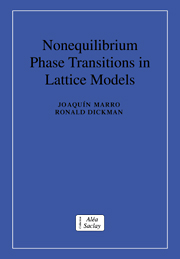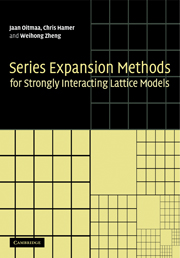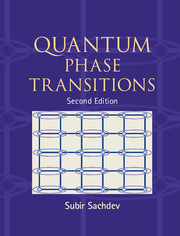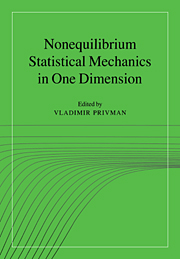Nonequilibrium Phase Transitions in Lattice Models
This book provides an introduction to nonequilibrium statistical physics via lattice models. Beginning with an introduction to the basic driven lattice gas, the early chapters discuss the relevance of this lattice model to certain natural phenomena and examine simulation results in detail. Several possible theoretical approaches to the driven lattice gas are presented. In the next two chapters, absorbing-state transitions are discussed in detail. The later chapters examine a variety of systems subject to dynamic disorder before returning to look at the more surprising effects of multiparticle rules, nonunique absorbing-states and conservation laws. Examples are given throughout the book, the emphasis being on using simple representations of nature to describe ordering in real systems. The use of methods such as mean-field theory, Monte Carlo simulation, and the concept of universality to study and interpret these models is described. Detailed references are included.
- A pedagogic introduction to a topic of strong current interest
- Comprehensive coverage
- Authors are leading researchers in area
Reviews & endorsements
"...there exists no comparable overview, and the compilation and definition of the most relevant model systems already renders this 300-page volume a very useful text for both students and researchers." Mathematical Reviews
"The material is skillfully arranged so as to emphasize those aspects of universality which are now well established, while the richness of the problem and the obstacles remaining on our way to a more global understanding of kinetics phase transitions are carefully indicated...sure to become a standard reference guide for the field..." Journal of Statistical Physics
Product details
September 2005Paperback
9780521019460
344 pages
255 × 177 × 23 mm
0.748kg
98 b/w illus. 1 table
Available
Table of Contents
- Preface
- 1. Introduction
- 2. Driven lattice gases: simulations
- 3. Driven lattice gases: theory
- 4. Lattice gases with reaction
- 5. Catalysis models
- 6. The contact process
- 7. Models of disorder
- 8. Conflicting dynamics
- 9. Particle reaction models
- Bibliography
- Index.





